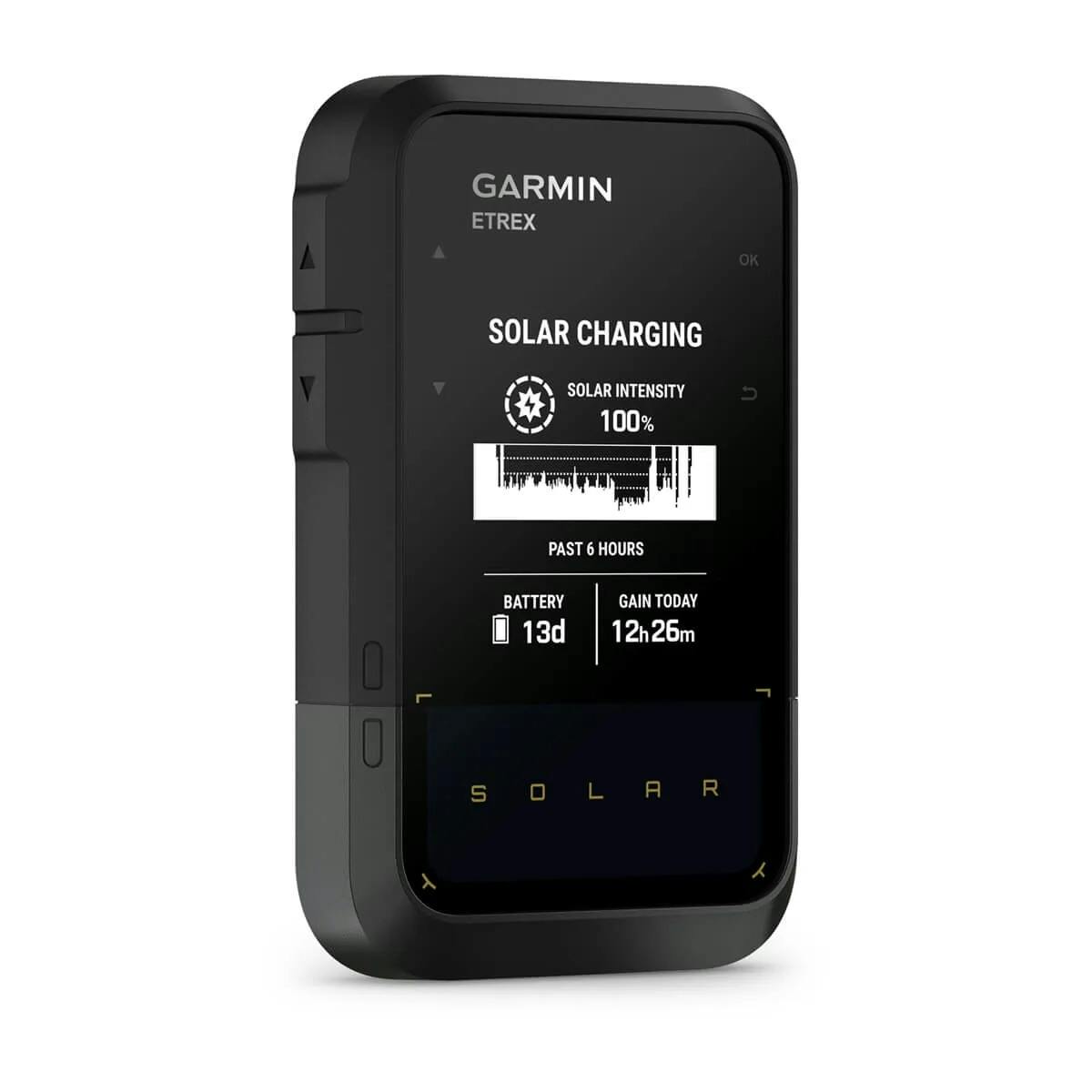A wrap of the biggest stories and best writing about the outdoors from New Zealand and around the world.
Thanks to solar power, Garmin claims its new GPS device battery could last forever. Even without sun, Garmin claims the eTrex Solar’s battery will last 2.5 months. In Expedition Mode, the GPS device boasts 1,800 hours (that’s 75 days) of life. You could conceivably hike for an entire summer without using the solar recharge and still have juice left for an SOS.
For those wanting a longer and uninterrupted adventure, the eTrex Solar could be an option. “For over two decades, our iconic eTrex series has been known for its revolutionary features and capabilities, making it wildly popular among our customers,” Dan Bartel, Garmin vice president of global consumer sales, said in a press release.
Other features include location tracking, waypoint marking and a 2.2-inch high-contrast display. When paired with a compatible smartphone, eTrex Solar users can access the Garmin Explore app, which provides connectivity in off-grid areas. Read the full story from Gear Junkie.
Watch as fire tornado sweeps through Australian outback
A video shared by the BBC shows a “firenado” sweeping through Tennant Creek in Australia’s Northern Territories.
SilverBridle Contracting, a company working in the area at the time, posted the video on Facebook on 31 October and said there was “absolutely nothing we could do but sit back and watch”.
According to the US National Oceanic and Atmospheric Administration, this weather phenomenon occurs when heat from a wildfire rises quickly, leaving an empty space behind it. Air floods into that gap, creating an updraft that brings the fire with it.
The current bushfire season in Australia comes after several years of record-breaking floods, which followed the Black Summer bushfires in 2019-20, which themselves followed years of drought.
DOC prepares for sell-out camping summer
The Department of Conservation is gearing up to host approximately 60,000 campers over the upcoming summer at more than 300 campsites spread across New Zealand.
Popular holiday destinations include the Coromandel, Hauraki Gulf Islands, and Northland, some of which are expected to sell out during the peak season.
DOC staff have worked hard to address the aftermath of last summer’s cyclone which impacted some campsites across the North Island, says DOC’s Heritage and Visitors Director, Cat Wilson. “The main impact visitors will experience from last year’s turbulent summer is reduced capacity of around 25 – 30 per cent at some Coromandel and Northland campsites.”
Adjusted capacities for DOC campsites include:
Coromandel
- Port Jackson: Reduced from 250 to 185 visitors.
- Fletcher Bay: Reduced from 300 to 200 visitors.
- Fantail Bay: Reduced from 80 to 60 visitors.
Whangarei
- Uretiti Beach Campsite: reduced from 1000 to 750 visitors.
Read the full press release from DOC.
Southern Lakes and Central Otago voted a ‘best value’ destination
The Southern Lakes and Central Otago regions of New Zealand have made Lonely Planet’s top ten “best value” places to visit.
These areas may be best known for luxury wineries, world-class golf courses, and premium snow sports but Lonely Planet said what was truly “extraordinary” was the landscape – something people can freely enjoy.
“A commitment to environmental stewardship and the appreciation of natural wonders through cycling and hiking offer a more sustainable and accessible way for visitors to engage with this extraordinary landscape,” Chris Zeiher, senior director of trade sales and marketing said.
Sarah O’Donnell, Destination Queenstown’s marketing and communications director, said they were thrilled to be recognised by such a prestigious publication.“This acknowledgement celebrates the effort community and business put into delivering outstanding experiences that benefit both our visitors, our communities and local environmental initiatives across Central Otago and the Southern Lakes,” she said. Read the full story from the Otago Daily Times.
Trampers rescued from Tararua Forest Park after activating PLB
The Royal New Zealand Air Force [RNZAF] was called in to execute a daring rescue in the Tararua Forest Park of two stranded trampers being “winched off a ridgeline above waterfalls”.
The pair of hikers unexpectedly had to spend a night on the mountain after they were forced off the track and overwhelmed by extreme wind conditions and poor weather on a multi-day hike in the Tararua Range.
Although aerial search and rescue was attempted, it wasn’t possible due to extreme winds and no visibility caused by low cloud coverage. A ground team was flown into the Arete Forks Hut, several hours away from the known location of the PLB.
A police spokesperson confirmed that “a team walked to the location of the PLB at about 4pm” and the hikers were lifted from the mountain about an hour later. Sergeant Tony Matheson said the beacon was “a significant factor in their rescue” but also commended the pair for being well-equipped. Read the full rescue story from the Wairarapa Times-Age.







